FREE SHIPPING ON ORDERS OVER $25*
FREE SHIPPING ON ORDERS OVER $25*

Exercising your arm is a good way to find the pain relief you are looking for and there are some important upper arm pain exercises that will actually alleviate the pain so that you can get back to those activities.
Some upper arm pain exercises incorporate the shoulders and upper back, because often times upper arm pain is caused by issues in those areas. When performing upper arm pain exercises, be sure to use the proper equipment to protect and support the arm.
The following upper arm pain stretches are the exercises you should perform to alleviate pain, strengthen muscles, and reduce inflammation:
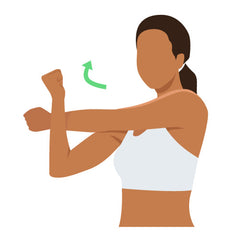
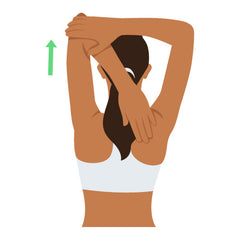

Here are additional stretches you can do with a Yoga strap, a non-elastic exercise band, or similar tool.
For these exercises we are using the ProStretch® StretchRite® Stretching Strap, a static stretching strap, conveniently equipped with ergonomically shaped handles for better grip and deeper stretching. With the help of the handles, you can easily monitor your progress.
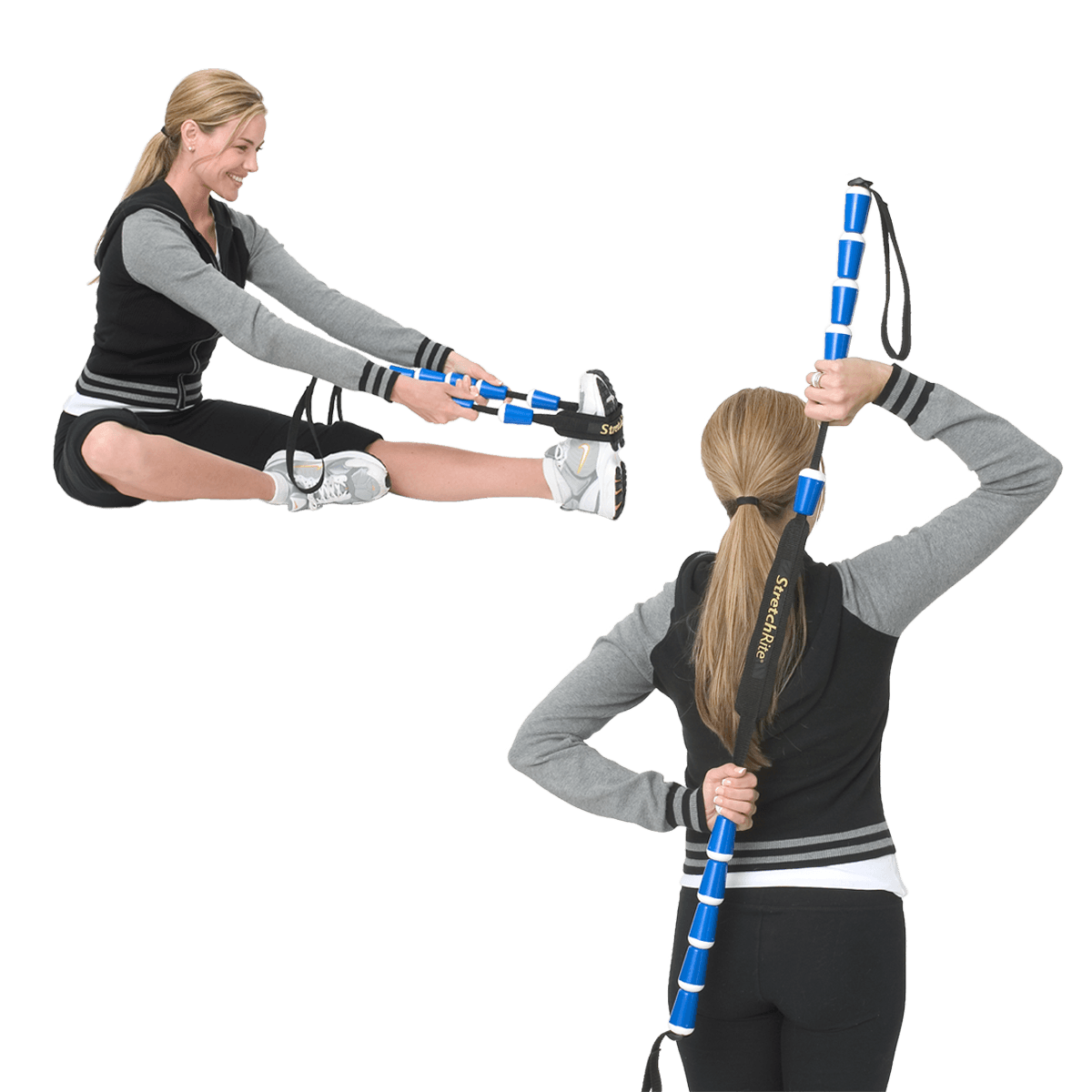
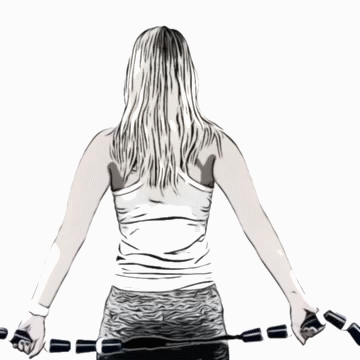


Stretching plays an important role in the rehabilitation process following a rotator cuff surgery. After surgery, scar tissue and immobilization can lead to stiffness and a limited range of motion in the shoulder. Stretching exercises help improve flexibility and gradually restore the normal range of motion.
Traditional rehabilitation methods may limit you to only stretch when visiting your physical therapist. However, with the use of ProStretch ShoulderFlex thereby integrating guided active stretches, you can take charge of your own recovery journey. The carefully designed stretches in the included manual are tailored to facilitate shoulder rehabilitation, ensuring you are using correct form.
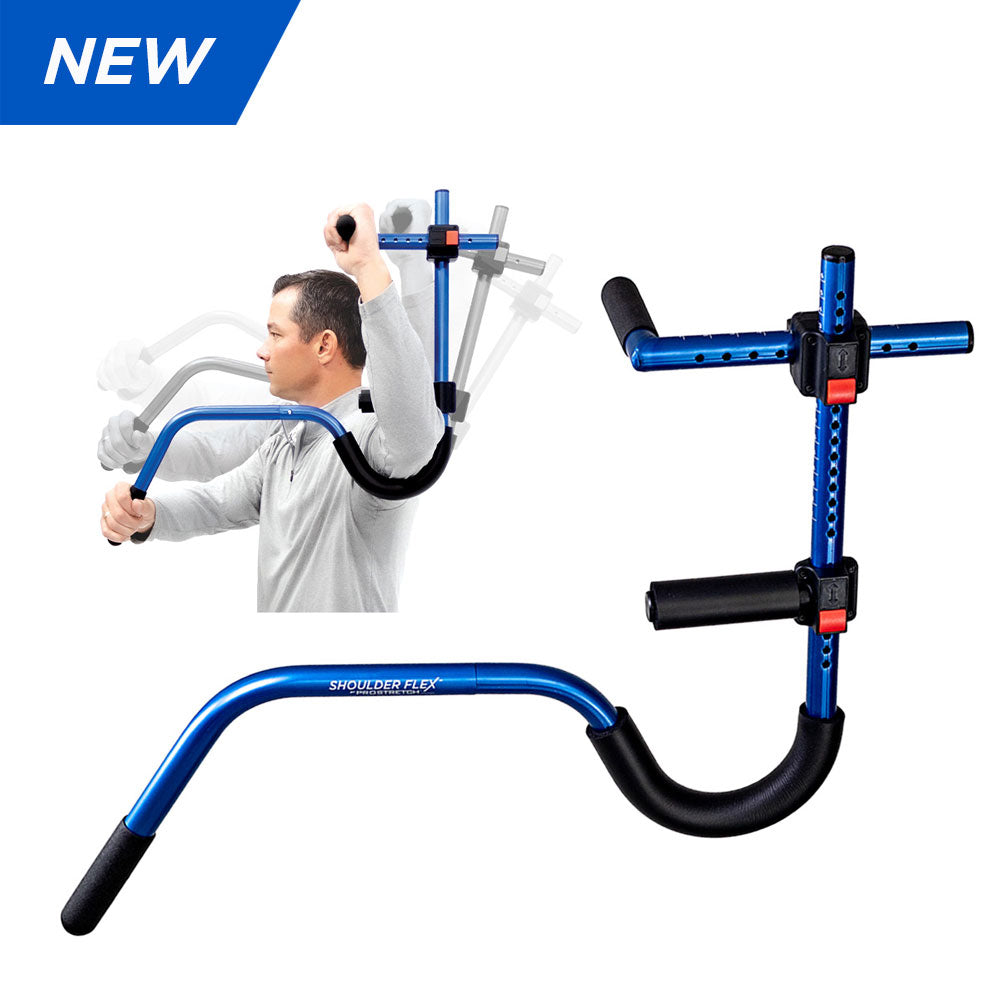
PLEASE NOTE: Prior to using ProStretch ShoulderFlex, we strongly encourage you to consult your physical therapist or doctor for proper use.
The key to successful rehabilitation lies in the proper execution of exercises, and that's precisely where the ShoulderFlex shines. By providing step-by-step instructions you can confidently perform the below exercises with precision and accuracy. This not only enhances the effectiveness of your rehabilitation but also minimizes the risk of potential setbacks or injuries.
Included Exercises:
Watch video to view the above exercises in action.
Abducted Internal Rotation helps stretch the internal rotators of the shoulder, including the subscapularis muscle, which may have become tight or contracted. By strengthening the subscapularis through Abducted Internal Rotation, you contribute to the overall stability of the joint. This can help reduce the risk of future injuries and improve your shoulder's ability to withstand forces during movement and physical activities.
Adducted Internal Rotation is a functional exercise that mimics movements involved in daily activities and sports. By improving internal rotation strength and flexibility, this exercise can help you regain the ability to perform tasks such as reaching behind your back, tucking in your shirt, or throwing a ball. By performing this exercise, you gradually increase the range of motion in internal rotation, helping to restore flexibility and mobility in the shoulder joint.
External adducted rotation specifically targets the rotator cuff muscles, including the supraspinatus, infraspinatus, teres minor, and subscapularis. This rotation movement helps to regain flexibility and lengthen the rotator cuff muscles, reducing muscle tightness or stiffness that may result from surgery or immobility.
External abducted rotation not only strengthens the rotator cuff and surrounding muscles but also enhances dynamic stability of the shoulder joint. This exercise challenges the muscles to work together to control the movement and maintain proper alignment of the joint. By improving dynamic stability, abducted rotation helps protect the shoulder joint during daily activities, sports, and other functional movements.
Doing these exercises is a good way to help you find shoulder and upper arm pain relief and allow you to get back to those activities that shoulder and arm pain have kept you away from. Before doing any exercises always be sure to use the proper equipment to protect and support the arm. Using a stretching strap can allow you to achieve exercises for greater mobility. Try ProStretch® StretchRite® to monitor your upper arm stretches progress.
PLEASE NOTE: The information on this website and article is for information only and should not be used as a substitute for consulting your doctor. Consult your doctor for proper diagnosis and rehabilitation.